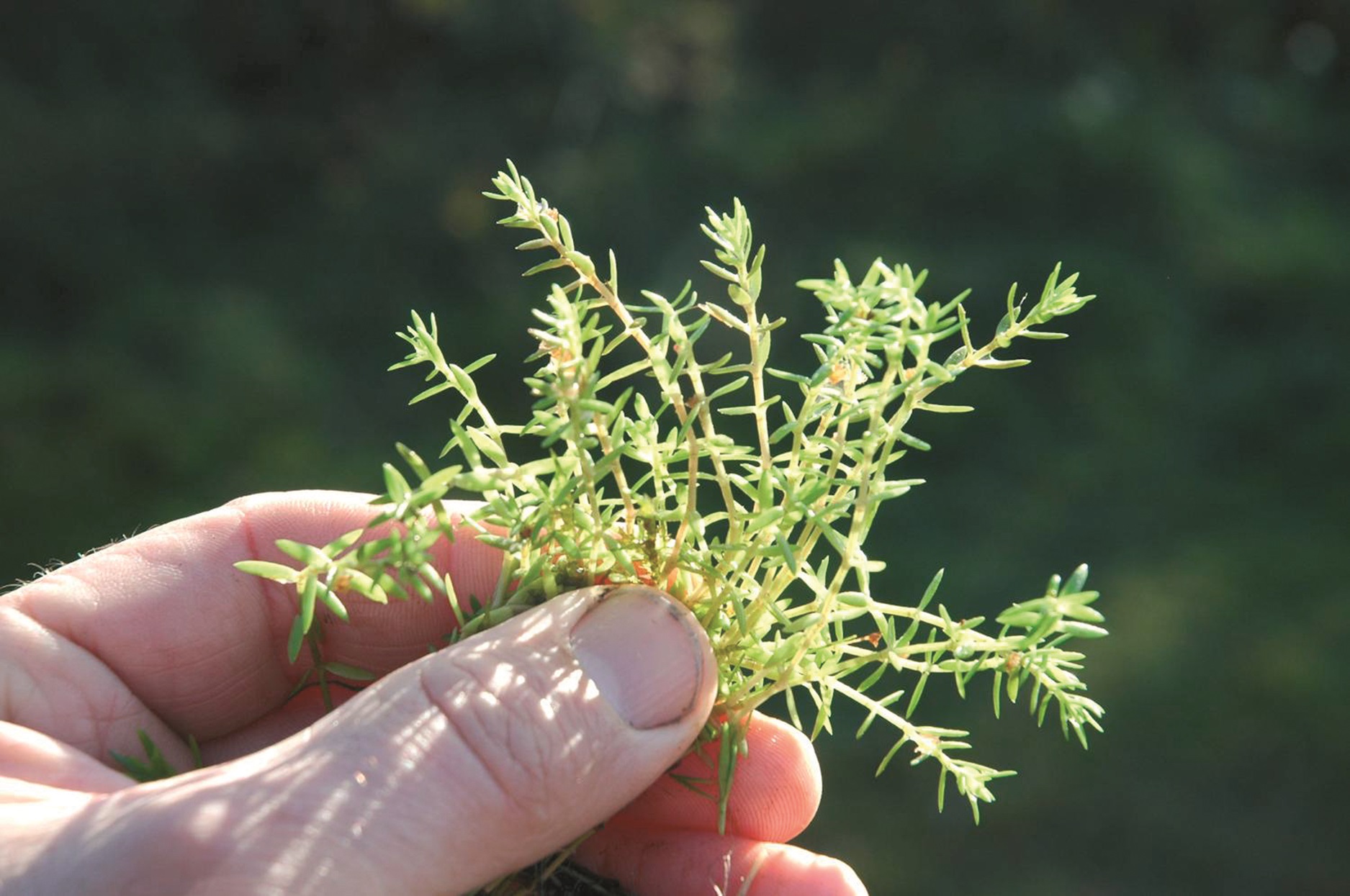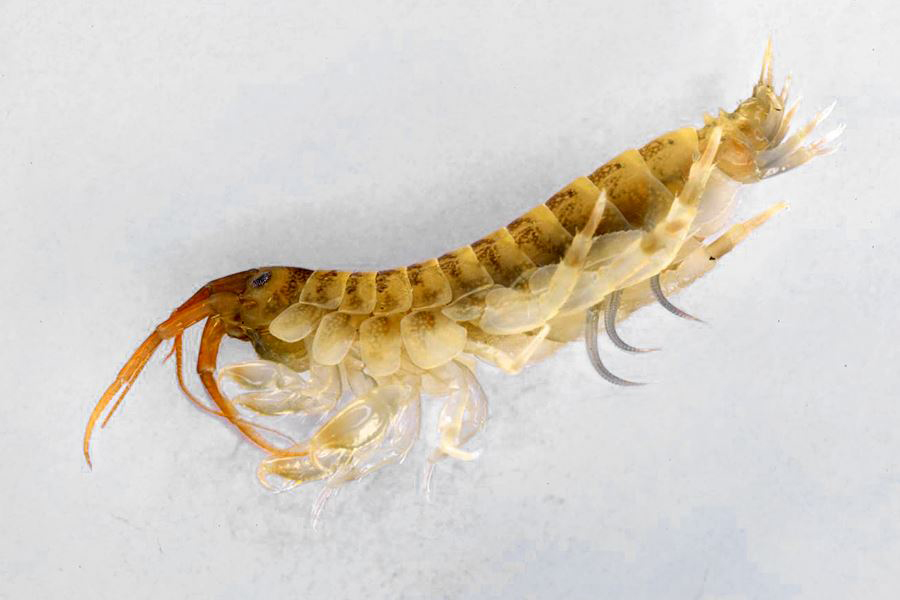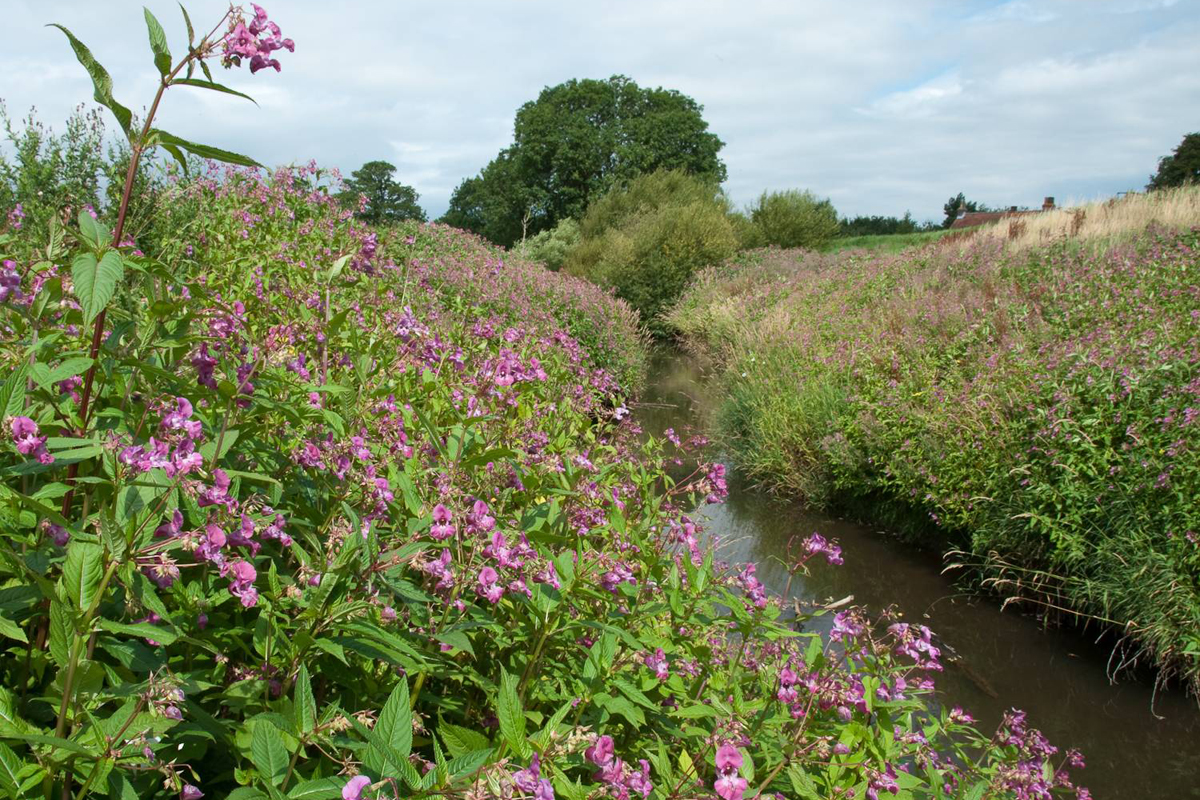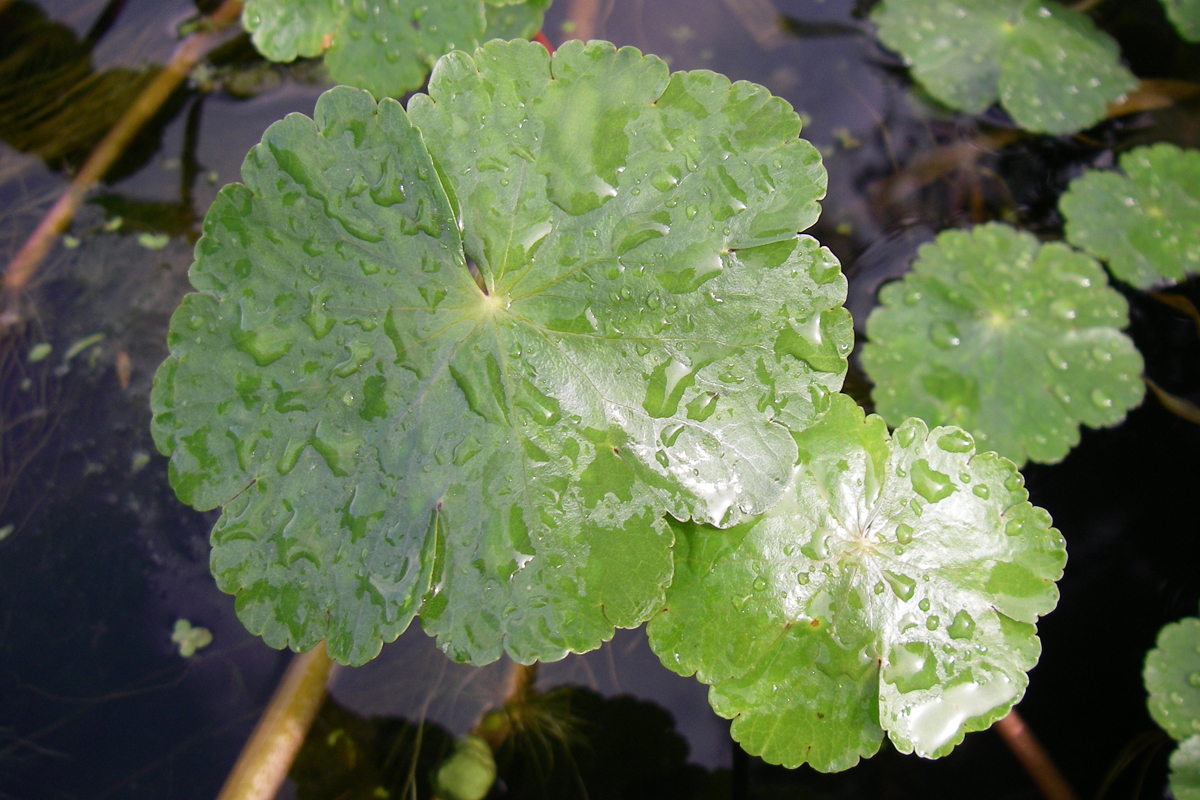What to look out for this Invasive Species Week
We’re supporting Invasive Species Week (15 – 21 May), raising awareness of non-native species and the negative impacts they have on our waterways.

Plants and animals from all over the world have been introduced to British waters by people, usually accidentally. These are known as non-native or invasive species. Most are harmless but some have detrimental effects on our native wildlife.
Over fifty different invasive freshwater species have already been found in the UK's lakes, rivers and other waters, and the number of new arrivals is increasing rapidly. These invasive species are one of the top drivers of biodiversity loss globally, and here in the UK they cost our economy over £1.7 billion a year.
The unique and sensitive ecosystem of the Broads is threatened by the presence of invasive species, and this week is a great opportunity to raise awareness of what to look out for and the challenges they create.
What you can do
Help us to record and identify species
We are urging the public to keep an eye out and help to locate and identify non-native species so that they can be recorded, monitored and eradicated.
As well as the species listed below, there are ID guides available online for our most prevalent invasive species and possible sightings should be urgently reported (with images if possible) to the Norfolk Non-native Species Initiative by emailing NNNSI@norfolk.gov.uk or using the iRecord app.
Follow good biosecurity practice
Following good biosecurity practice means that after you’ve been in or on the Broads waterways you:
- Check your equipment and clothing carefully for any live organisms – particularly in areas that are hard to inspect.
- Clean and wash all equipment, footwear and clothing thoroughly. If you do come across any organisms, leave them at the water body where you found them.
- Dry all equipment and clothing – some species can live for many days in moist conditions. Always ensure you don’t transfer water elsewhere.
Be 'Plant Wise' and never release pets into the wild
Don't let your garden, pond, or aquarium plants enter the wild. Whilst some of these non-native plants can help us to create beautiful ornamental displays to enjoy in our gardens, if they escape into the wild they can become invasive, harming our wildlife and environment, economy, and even our health and the way we live.
Some examples of ornamental, garden centre plants to be mindful of include bamboo (particularly ‘running’ types), Acanthus Mollis, Japanese Anemone, Oxalis and certain Rhodedendron species.
You can find out more about the impacts of invasive plants here.
Please also ensure that domestic or exotic pets are never released into the wild as they may have severe impacts on local ecosystems.
Current problem species
Floating pennywort
Be on the alert for floating pennywort on the River Ant between Dilham and Hunsett Mill and in the Smallburgh area. We are asking people in the area who spot pennywort to ensure that they do not disturb it. Where boaters spot any plants in the river area, please try to manoeuvre around them if possible, with your engine off. Boat propellers chop up the plant allowing small fragments to spread through the waterways. Avoiding motoring through patches of river plants alongside checking, cleaning and drying your vessel after use will help control the spread.
The floating pennywort is such a successful invader that just a single fragment of it drifting downstream can soon dominate an expanse of water. It outcompetes native aquatic plants, blocking out the light they need, leading to the loss of native plants and a sterile river ecosystem.
Also see this Floating pennywort information sheet (PDF) for how to identify it.
Killer Shrimp

Killer shrimp are an invasive species first discovered in the UK in 2010. They are considered one of the most harmful invasive species in Europe, with the potential to seriously impact the dynamics of ecosystems they invade.
They predate a wide range of native species including, invertebrates, fish eggs and even young fish, but will often kill prey and leave it uneaten. They pose no direct threat to humans or pets but can be easily transported on damp clothing, equipment or paws. Killer shrimp can survive a long time out of water so it is really important that people follow the Check, Clean, Dry protocol to avoid spreading killer shrimp to other waterways.
When leaving a watercourse, it is always a good idea to wash your boots, check your clothing and check pets over, if they have been in the water, so you don't inadvertently spread killer shrimp.
Also see this Killer shrimp information sheet (PDF) for how to identify it.
Himalayan balsam

With its attractive pink flowers, this waterside-loving plant is invading the Broads so rapidly that scientists are concerned by its negative impact upon the riverbank and biodiversity. It outcompetes native plants and increases the risk of soil erosion and flooding.
Many land managers struggle to control Himalayan Balsam and resort to expensive measures to halt its advance. The Environment Agency estimate that current measures to tackle the weed cost around £1 million annually, but would rise to £300 million to eradicate it entirely from the UK.
Also see this Himalayan balsam information sheet (PDF) for how to identify it.
Find out more
You can learn more about invasive species to look out for on the Non-native species secretariat website.
Currently some of the most concerning species of invasive water plants here in the Broads are Floating pennywort, which has kidney-shaped leaves with crinkled edges, and Australian swamp stonecrop (Crassula, pictured at the top of this page) which is spiny/small and has twig-like leaves. Both have been identified spreading on the River Ant, and we have taken action to control and eradicate them.
If you see anything you are unsure about and think it could be an invasive species, please report it to Broads Control (Broads.Control@broads-authority.gov.uk) providing as much detail as possible about the exact location and send photos, if possible.
Friday 12 May 2023


